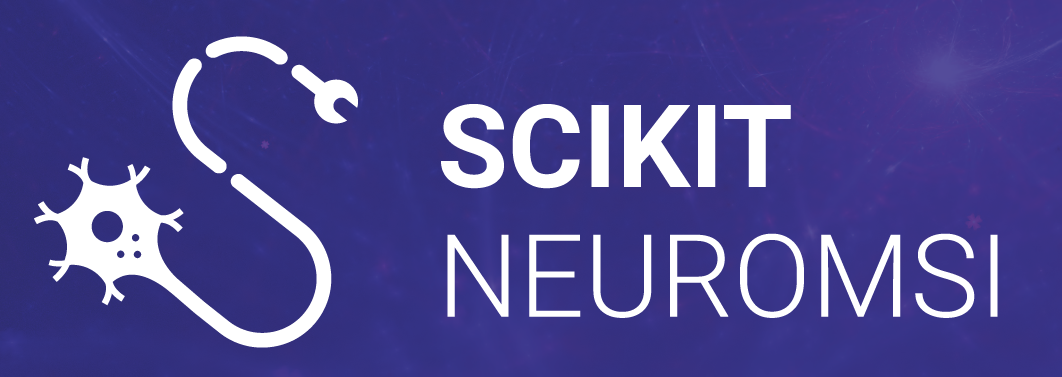Scikit-neuromsi is an open-source Python framework that simplifies the implementation of neurocomputational models of multisensory integration.
Research on the the neural process by which unisensory signals are combined to form a significantly different multisensory response has grown exponentially in the recent years. Nevertheless, there is as yet no unified theoretical approach to multisensory integration. We believe that building a framework for multisensory integration modelling would greatly contribute to originate a unifying theory that narrows the gap between neural and behavioural multisensory responses.
Renato Paredes ([email protected])
Scikit-neuromsi currently has three classes which implement neurocomputational models of multisensory integration.
The available modules are:
-
alais_burr2004: implements the near-optimal bimodal integration employed by Alais and Burr (2004) to reproduce the Ventriloquist Effect.
-
ernst_banks2002: implements the visual-haptic maximum-likelihood integrator employed by Ernst and Banks (2002) to reproduce the visual-haptic task.
-
kording2007: implements the Bayesian Causal Inference model for Multisensory Perception employed by Kording et al. (2007) to reproduce the Ventriloquist Effect.
In addition, there is a core module with features to facilitate the implementation of new models of multisensory integration.
You need Python 3.9+ to run scikit-neuromsi.
Run the following command:
$ pip install scikit-neuromsi
or clone this repo and then inside the local directory execute:
$ pip install -e .




